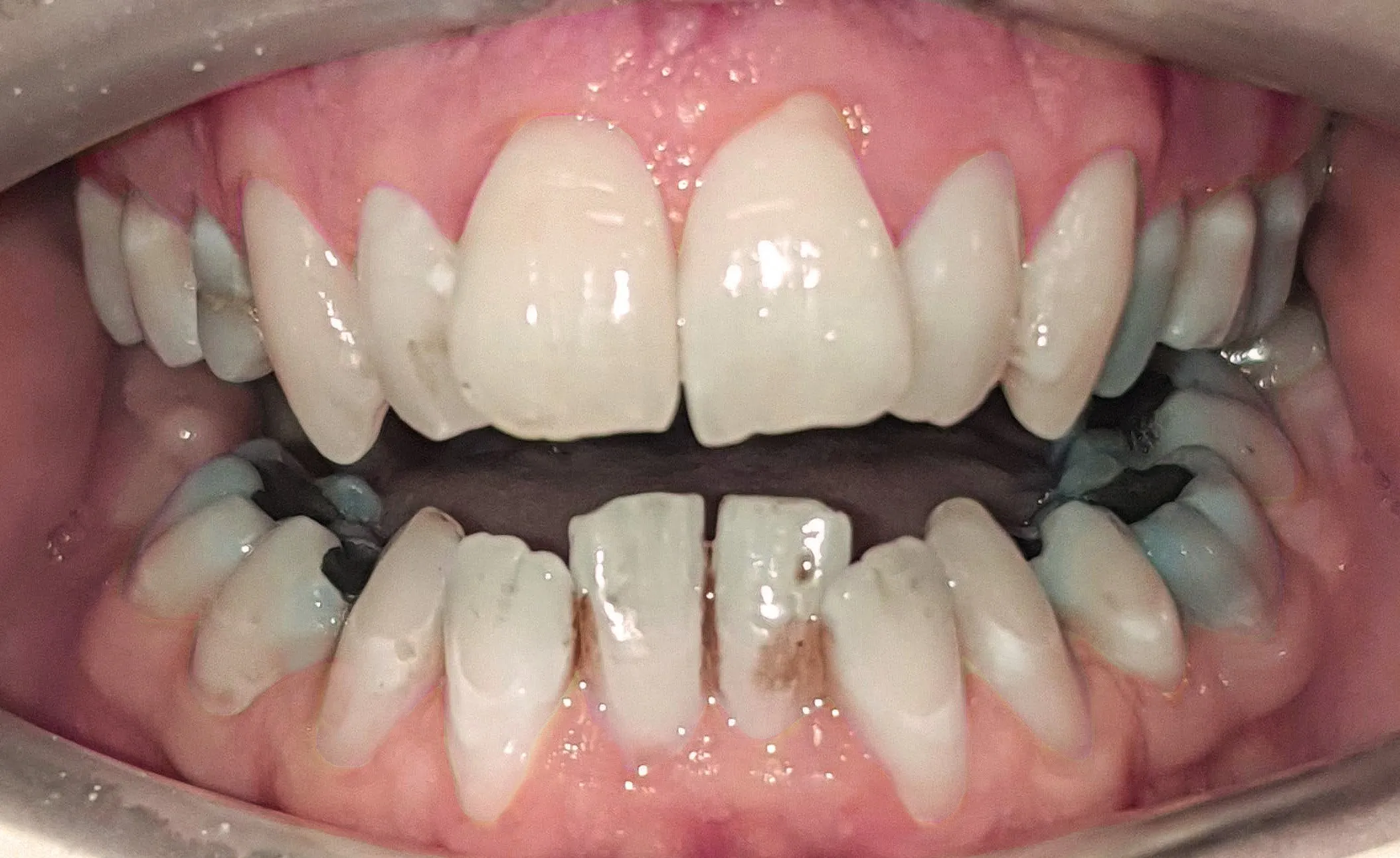Understanding Invisalign and Teeth Whitening
Achieving a straighter, brighter smile is a common goal for many. Invisalign and teeth whitening are two popular cosmetic dental treatments that can independently improve your smile’s appearance. However, the question of whether you can combine these treatments often arises. This comprehensive guide explores the relationship between Invisalign and teeth whitening, providing insights into the process, timing, methods, and considerations for achieving optimal results. Understanding how these treatments interact is crucial for planning your smile makeover effectively. This guide aims to equip you with the knowledge to make informed decisions, ensuring you can achieve the beautiful, confident smile you desire. Whether you’re just beginning to consider orthodontic treatment or are already using Invisalign, understanding the best practices for incorporating teeth whitening will help you maximize your results.
How Invisalign Works
Invisalign is a modern orthodontic treatment that uses a series of clear, custom-made aligners to gradually shift teeth into their desired positions. Unlike traditional braces, Invisalign aligners are virtually invisible, making them a discreet option for adults and teens. The aligners are made from a smooth, comfortable plastic and are designed to be worn for 20-22 hours a day. Each set of aligners is worn for about one to two weeks before being replaced with the next set in the series. The treatment plan is tailored to the individual’s needs, and the entire process is overseen by a qualified orthodontist or dentist. Invisalign is effective for a variety of alignment issues, including crowding, spacing, overbites, and underbites. Regular check-ups with your dentist are essential to monitor progress and ensure the treatment is proceeding as planned. The clear aligners gently guide the teeth into alignment over time, resulting in a straighter, healthier smile.
The Process of Invisalign Treatment

The Invisalign treatment process begins with a consultation with a dentist or orthodontist, who will assess your teeth and bite. This assessment typically involves digital scans or impressions of your teeth, which are used to create a 3D model of your mouth. The dentist uses this model to develop a customized treatment plan, outlining the movement of your teeth throughout the process. The plan determines the number of aligners you’ll need and the estimated treatment duration. Once the plan is finalized, the aligners are manufactured. You’ll receive a series of aligners, each slightly different from the last. You’ll wear each set of aligners for a specified period, usually one to two weeks, before moving on to the next set. Regular check-up appointments are scheduled to monitor progress and make any necessary adjustments. Throughout the treatment, you must consistently wear your aligners as prescribed and maintain good oral hygiene to ensure the best results. The entire process is designed to be as comfortable and convenient as possible, providing a clear, effective path to a beautiful smile.
Benefits of Invisalign for Teeth Alignment
Invisalign offers several advantages over traditional braces. One of the most significant benefits is its discreet appearance. The clear aligners are virtually invisible, allowing you to straighten your teeth without the noticeable look of metal brackets and wires. Invisalign aligners are also removable, which means you can take them out to eat, brush, and floss your teeth. This makes maintaining good oral hygiene easier and more effective. The comfort of Invisalign is another key advantage. The aligners are made from smooth plastic and are custom-fitted, reducing the risk of irritation to your cheeks and gums. Invisalign treatments often require fewer follow-up appointments than traditional braces, saving you time and making the process more convenient. The aligners are also less likely to cause emergencies, such as broken wires or brackets. Ultimately, Invisalign provides a more aesthetically pleasing, comfortable, and convenient way to achieve a straighter, healthier smile.
Teeth Whitening Methods and Invisalign
There are several teeth whitening methods available, each with its own approach to brightening your smile. The most common methods include professional in-office whitening, which involves applying a high-concentration bleaching agent to your teeth under the supervision of a dentist. At-home whitening kits, available over-the-counter or prescribed by your dentist, offer a more convenient option, typically involving custom-fitted trays or strips. Whitening toothpastes and mouthwashes also claim to lighten teeth, although their effects are generally less dramatic. The choice of method depends on your desired results, budget, and sensitivity. The key is to discuss your options with your dentist. They can provide personalized recommendations and address any concerns about the suitability of a method for your specific needs. Understanding the different teeth whitening methods helps you prepare for the best approach when considering it with Invisalign, ensuring you can achieve the desired outcome for your smile.
Can You Whiten Teeth During Invisalign?
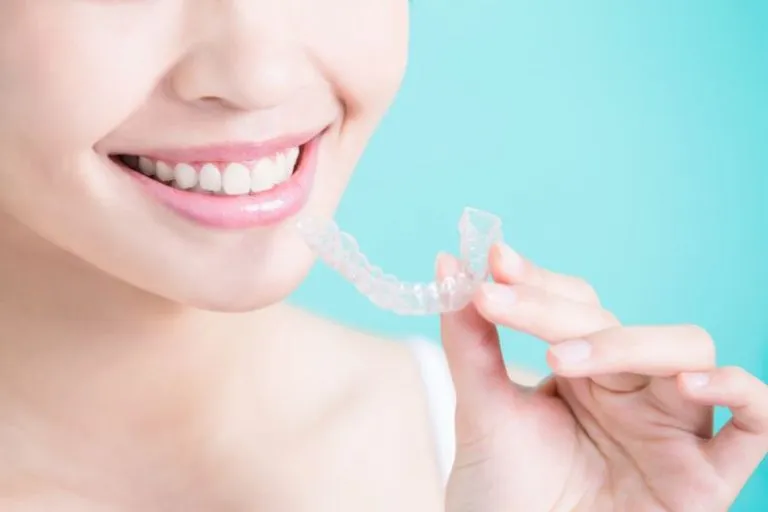
Yes, it is generally possible to whiten your teeth while using Invisalign. The removable nature of the aligners offers a significant advantage. You can use whitening treatments that require direct contact with the teeth, such as custom whitening trays. This allows you to apply the whitening gel to your teeth. However, it’s essential to consult with your dentist or orthodontist before starting any whitening treatment during Invisalign. They can provide personalized guidance. They can also assess your teeth and gums to ensure the whitening method is suitable for your specific needs. Also, your dentist will advise you on the best timing and methods for whitening during your Invisalign treatment to achieve the most effective and even results. Following your dentist’s recommendations will help you achieve a whiter, straighter smile simultaneously.
When to Whiten Teeth During Invisalign?
The timing of teeth whitening during Invisalign treatment is an important consideration. Often, dentists recommend whitening your teeth after completing your Invisalign treatment. This is because any attachments on your teeth may prevent the whitening agent from evenly reaching all surfaces. After finishing alignment, your dentist can help determine the best timing based on your treatment plan and goals. If whitening during Invisalign is determined to be a good fit, the most common approach is to whiten while wearing your aligners. This can be done with custom-fitted trays, allowing the whitening agent to evenly distribute on the teeth. However, the aligners can also potentially trap the whitening agent against the teeth, which increases the risk of sensitivity. Your dentist can recommend the most suitable approach to ensure the whitening is effective and safe for your teeth and gums.
Best Whitening Methods with Invisalign
The most effective teeth whitening method with Invisalign often involves custom-fitted trays. Your dentist can create these trays to precisely fit your teeth, ensuring the whitening gel contacts every surface evenly. The trays are designed to be worn with the aligners or at specific times as directed by your dentist. Another option is to use professional whitening treatments. Your dentist can apply a stronger whitening agent in the office. This approach can provide faster results and is often used before or after your Invisalign treatment. It’s also possible to use at-home whitening kits in conjunction with Invisalign. However, it’s essential to use the kits as per your dentist’s instructions to prevent uneven whitening or increased sensitivity. Choosing the right whitening method with Invisalign ensures you achieve a brighter, more uniform smile.
Professional Whitening Options
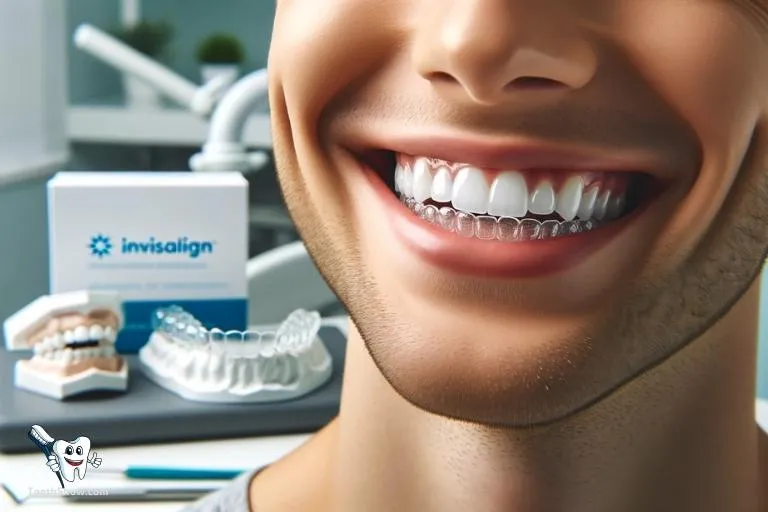
Professional teeth whitening offers several advantages, including the use of stronger bleaching agents and the supervision of a dental professional. In-office whitening treatments are typically more effective than at-home methods, providing dramatic results in a single visit. Your dentist can also assess your teeth and gums before the procedure. This ensures it is safe and suitable for your specific needs. Another advantage is the ability to monitor for and manage any side effects. This includes tooth sensitivity. Professional whitening treatments also often include custom-made trays. These trays can be used for at-home touch-ups to maintain your bright smile. The in-office procedure typically involves applying a high-concentration bleaching gel to your teeth and activating it with a special light. This process lightens the stains and discoloration, leading to a significantly brighter smile. Consulting with your dentist is essential to determine if professional whitening is right for you.
At-Home Whitening Kits
At-home whitening kits provide a convenient and cost-effective way to brighten your teeth. These kits typically include custom-fitted trays or strips. You apply a whitening gel or strip to your teeth. Over-the-counter whitening kits are readily available and can be a good option for mild staining. However, prescription-strength whitening kits from your dentist may offer more powerful results. When using at-home whitening kits, follow the instructions carefully. Avoid overusing the products to prevent tooth sensitivity or gum irritation. You can wear the custom-fitted trays with your Invisalign aligners (if your dentist approves this method). Consistency is essential for achieving the best results. Following the instructions on the kit and maintaining good oral hygiene will help you maintain your brighter smile. Also, discussing any concerns with your dentist will help you to ensure the treatment is safe and effective for your teeth.
Tips for a Successful Teeth Whitening with Invisalign
To ensure a successful teeth whitening experience with Invisalign, several key tips are helpful. Always consult your dentist before starting any whitening treatment to determine the best approach for your situation. Follow your dentist’s instructions closely, whether you are using professional or at-home methods. Avoid foods and drinks that can stain your teeth, such as coffee, tea, red wine, and dark-colored berries. Maintain excellent oral hygiene by brushing and flossing regularly. This helps to remove surface stains and improve the overall appearance of your teeth. Be patient and consistent with your whitening treatment. It may take several weeks or months to achieve the desired results. Consider using a desensitizing toothpaste to reduce tooth sensitivity. This is a common side effect of teeth whitening. And most importantly, attend regular check-ups with your dentist to monitor your progress and address any concerns.
Maintaining Your White Smile with Invisalign

Maintaining your white smile with Invisalign requires a proactive approach. Continue practicing good oral hygiene. Brushing and flossing daily removes food particles and prevents stains from forming. Avoid or limit your intake of staining foods and drinks. Consider using a whitening toothpaste. These toothpastes help remove surface stains. Use your custom-fitted trays (if recommended by your dentist) for periodic touch-up treatments. Attend regular dental check-ups and cleanings. These visits help to remove any accumulated stains and keep your teeth healthy. The steps you take after your whitening treatment will help prolong the results. By following these steps, you can enjoy your beautifully aligned, white smile for years to come.
Oral Hygiene During Invisalign and Whitening
Maintaining excellent oral hygiene is critical during Invisalign treatment and teeth whitening. The steps will help to keep your teeth healthy and your whitening results lasting longer. Brush your teeth at least twice a day for two minutes. Use fluoride toothpaste to protect your teeth. Floss daily to remove plaque and debris from between your teeth. Rinse your mouth with an antimicrobial mouthwash to further reduce bacteria. Clean your Invisalign aligners thoroughly every time you remove them. Rinse the aligners under lukewarm water. You can use a soft-bristled toothbrush and mild soap to gently clean them. Avoid using hot water, which can warp the aligners. By following these oral hygiene practices, you can keep your teeth healthy. You also ensure the effectiveness of your whitening treatment and your Invisalign aligners.
Avoiding Stains and Discoloration
To avoid stains and discoloration, you should be mindful of what you eat and drink, especially during your Invisalign and teeth whitening treatments. Limit your consumption of staining foods and beverages, such as coffee, tea, red wine, dark berries, and curries. Rinse your mouth with water after consuming these items. Avoid smoking or using tobacco products. These products can heavily stain your teeth. Brush your teeth after consuming staining foods and drinks to remove any particles before they can adhere to your teeth. Drink plenty of water throughout the day to stay hydrated and help rinse away food particles. Regular dental check-ups and cleanings also help remove any surface stains and maintain the brightness of your teeth.
Cost Considerations and Invisalign
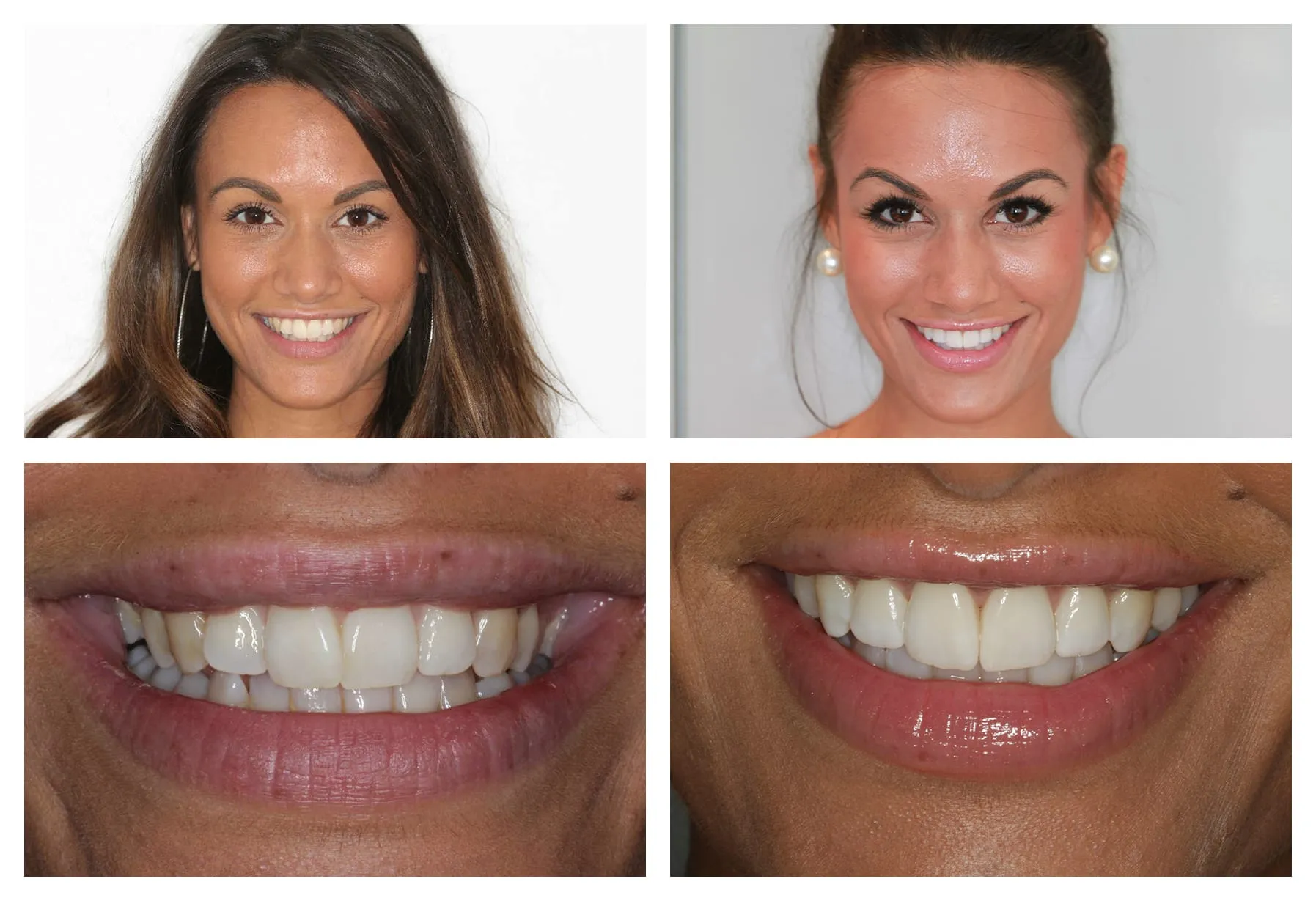
When considering Invisalign and teeth whitening, it’s essential to understand the associated costs. The cost of Invisalign treatment can vary depending on the complexity of your case, the geographic location, and the dentist’s fees. Generally, the price of Invisalign treatment is similar to that of traditional braces. The cost of teeth whitening also varies depending on the method you choose. Professional in-office whitening is typically the most expensive option, while at-home whitening kits are more affordable. The cost of teeth whitening can also be influenced by the number of treatments needed and the type of products used. Discuss all costs with your dentist upfront. You also should inquire about financing options to make Invisalign and teeth whitening more accessible. Knowing the costs involved allows you to create a realistic budget and choose treatments that fit your financial plan.
The Cost of Invisalign Treatment
The cost of Invisalign treatment can vary. The average cost usually falls within a range, depending on several factors. The complexity of the orthodontic issues you want to address is a major determinant. More complex cases require more aligners and longer treatment times, increasing the cost. The orthodontist’s or dentist’s experience and location can also impact the price. Practices in major cities often have higher overhead costs, which may reflect in the treatment fees. Additionally, the specific treatment plan recommended by your dentist will affect the total cost. Many practices offer flexible payment plans or financing options to make Invisalign more affordable. Consult your dentist or orthodontist to get a detailed cost estimate and explore financing options. Ensure a transparent understanding of all costs before starting the treatment, so there are no financial surprises.
Cost of Teeth Whitening
The cost of teeth whitening varies widely depending on the method you choose. Professional in-office whitening is usually the most expensive option. Its prices depend on the location and the dentist’s fees. At-home whitening kits are a more budget-friendly option. They vary in price based on the brand and the strength of the whitening agents. Some dental insurance plans cover a portion of the cost of teeth whitening. However, it is essential to check with your insurance provider beforehand. You should compare the costs of different teeth whitening options. Consider the potential benefits and the long-term results when making your decision. Knowing the costs helps you plan and budget for your smile makeover effectively.
Conclusion
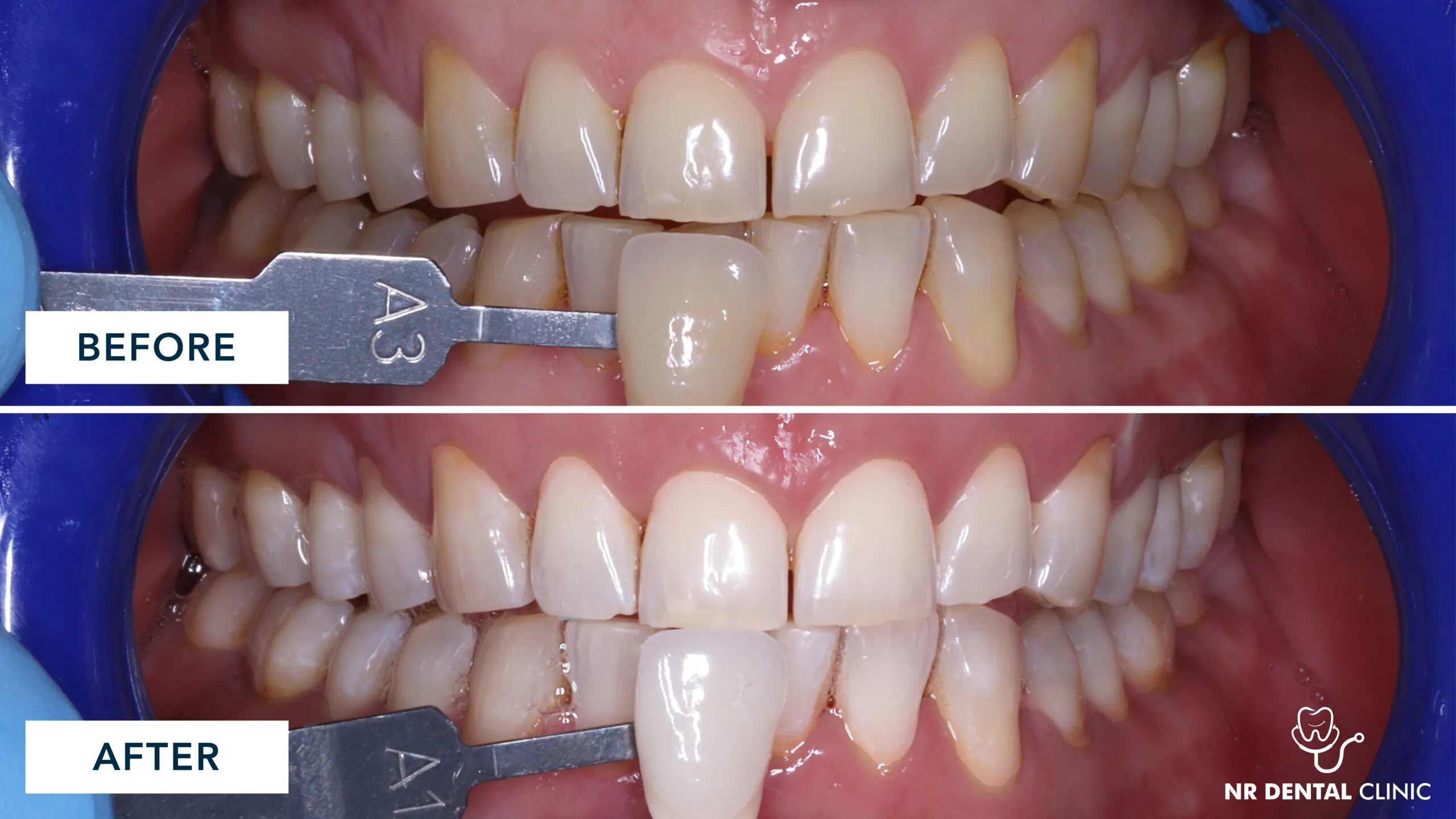
Combining Invisalign and teeth whitening can be a powerful way to achieve a straighter and brighter smile. Understanding the process, timing, and methods is crucial for achieving optimal results. By consulting with your dentist, following their guidance, and maintaining good oral hygiene, you can effectively combine these treatments. You can successfully address alignment issues and enhance the appearance of your teeth. Remember to discuss your goals with your dentist. Discuss the most appropriate whitening methods. You should understand the costs involved and consider long-term maintenance to enjoy your new smile. With the right approach, Invisalign and teeth whitening can transform your smile, boosting your confidence and improving your oral health.
